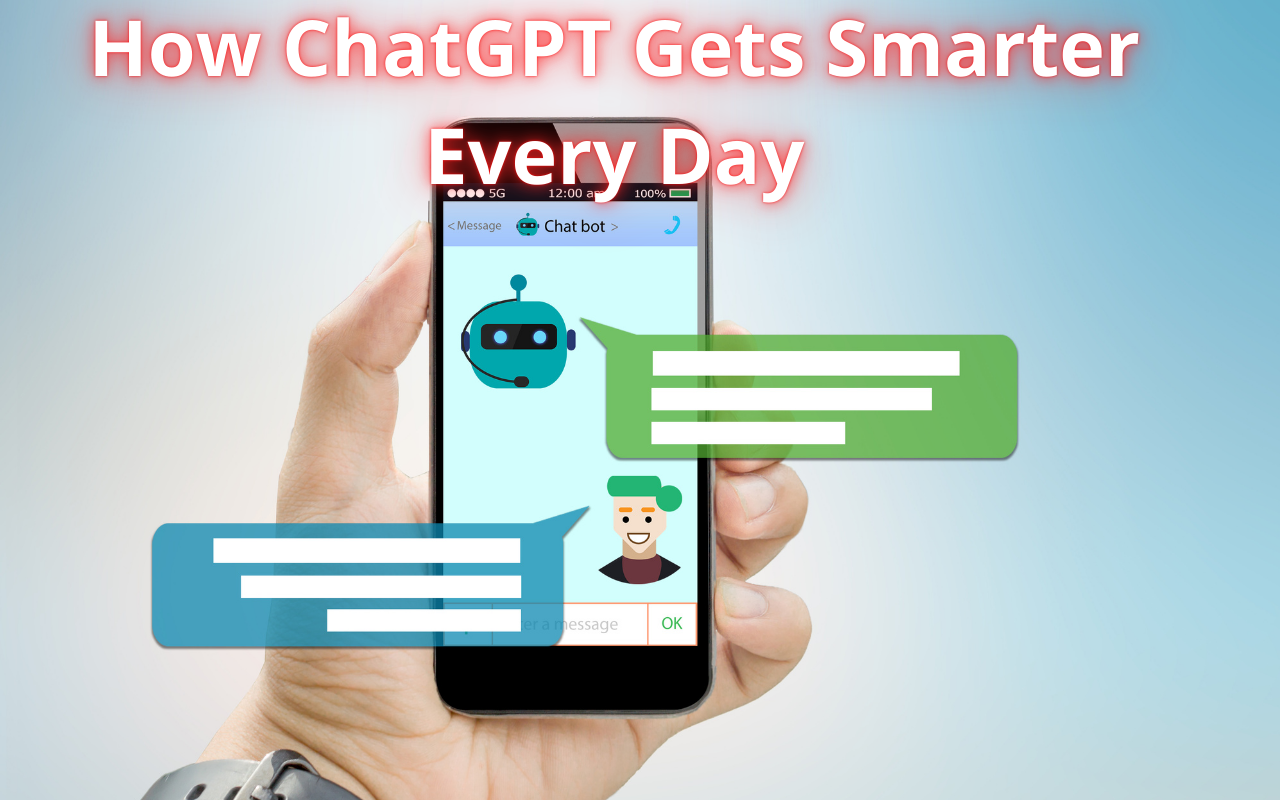As AI systems like ChatGPT continue to advance, one of their most remarkable capabilities is adaptability. Unlike previous AI models that were static after being trained, ChatGPT can continuously enhance its skills through new data from user interactions. This gives it a key advantage in providing increasingly useful, relevant, and up-to-date responses.

Why Adaptability Matters
In a field evolving as rapidly as AI, adaptability is critical. New applications of AI like chatbots require models that can understand complex questions across a wide range of topics. They need to adjust on the fly to ambiguous or novel inputs from users. An adaptable system like ChatGPT can:
- Expand its knowledge base by learning from new data patterns
- Strengthen its reasoning by identifying flaws and gaps in user feedback
- Fine-tune responses to suit specific contexts and use cases
- Update stale, biased, or incorrect information in its training
As it ingests more training data from user interactions, ChatGPT can self-improve in accuracy, nuance, and helpfulness. This also allows developers to easily customize the model for specific applications.
How ChatGPT Adapts to Users
So what’s the secret behind ChatGPT’s adaptability? The key process is called “active learning” – where models are trained not just on static datasets, but directly from feedback loops with users.
Here’s what’s happening under the hood:
- Conversations generate new data: Every conversation helps ChatGPT understand language and concepts better. Questions and answers provide rich examples that can add to their knowledge.
- Users give insight: When users highlight mistakes or areas needing improvement, it provides high-quality signals on ChatGPT’s weaknesses to address.
- Feedback enables self-correction: By comparing its responses to feedback, ChatGPT can trace issues back to update the logic or eliminate the flawed reasoning in its original training.
- Updated training data reinforces changes: As new training data from conversations retains its parameters, the knowledge gains and enhancements become ingrained in ChatGPT’s core functions.
So in a nutshell, conversations create a rapid flywheel effect of learning → feedback → adaptation → better answers. With more users driving usage, ChatGPT accumulates more signals on improving responses over time.
The Future of Adaptability
ChatGPT hints at a paradigm shift in AI capabilities – where systems continually upgrade themselves to handle new information and edge cases. Language models no longer need as much direct supervision from human trainers. This paves the way for more generalized, self-supervised AI that teaches itself.
As Anthropic emphasizes: “Self-supervised language models have demonstrated rapid improvements in capability and performance over the last year. We expect this trend to continue.” Going forward, adaptability will be a baseline requirement as users, applications, and sophistication of questions balloon. Only AI that dynamically adapts its skills will be able to keep pace.
So rather than being a weakness, adaptability might be modern AI’s secret weapon. OpenAI’s research showing ChatGPT’s versatility even with limited data is only the start of realizing more autonomous, quick-learning agents. The ripple effects to use cases spanning from search to analytics to creative tools could be profound as AI with humanized communication gets smarter daily.
